Using Technology Is No Longer Optional
Technology is in every industry – and newer technology keeps influencing them, including those that traditionally relied on manual labor and hands-on...
Pro Landscaper asks quick-fire questions to gain insight on the people who make up our industry.
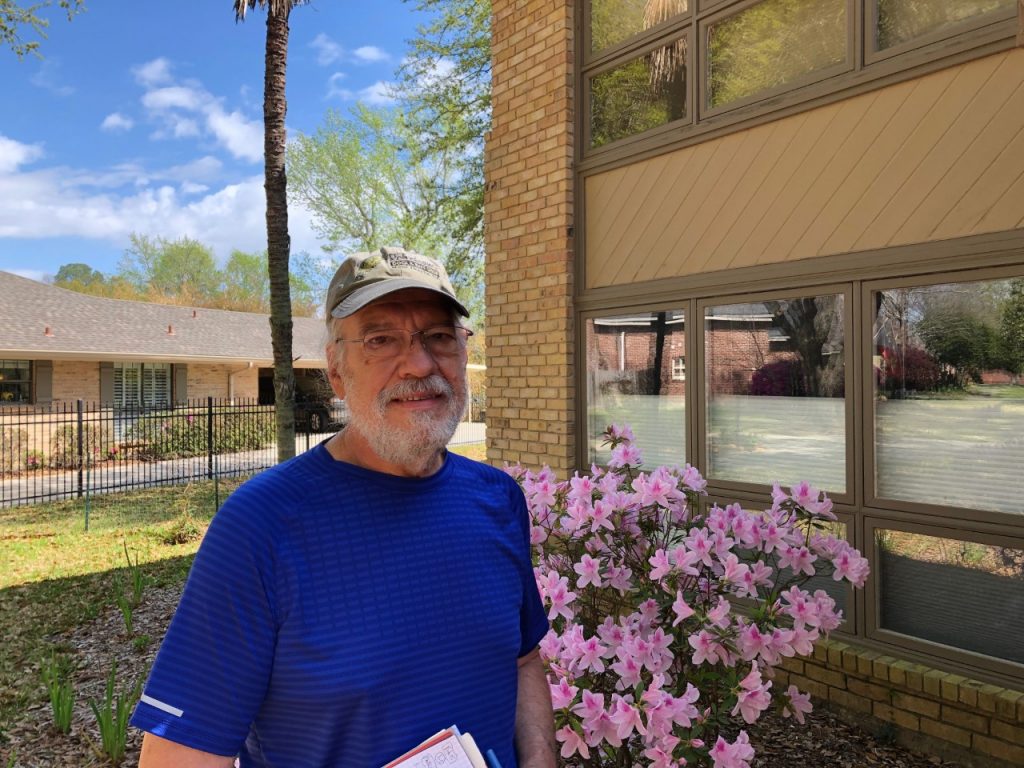
Bill Fontenot
Owner, Prairie Brasse Ecological Consulting, Carencro, Louisiana
What inspired you to get into the industry?
A fascination with naturalistic design. A desire to sell more of the native plants that we were producing.
Other than the USA, which country’s landscape inspires you the most?
Europeans have been designing gardens far longer than us New Worlders.
I appreciate the ease with which they solve various design problems and challenges.
What would you blow your budget on?
Well-prepared ceviche and pricey wines.
One thing that would make the industry better?
More understanding of how various plants perform in various conditions (soil type, moisture regime, sun exposure).
What’s the biggest challenge you’ve faced professionally?
Dealing with the spotty market demand. This is historically associated with native plant production and sales.
Best piece of trivia you know?
One cubic yard comprises 27 cubic feet.
Couldn’t get through the week without ...
Laughter. And the Golf Channel.
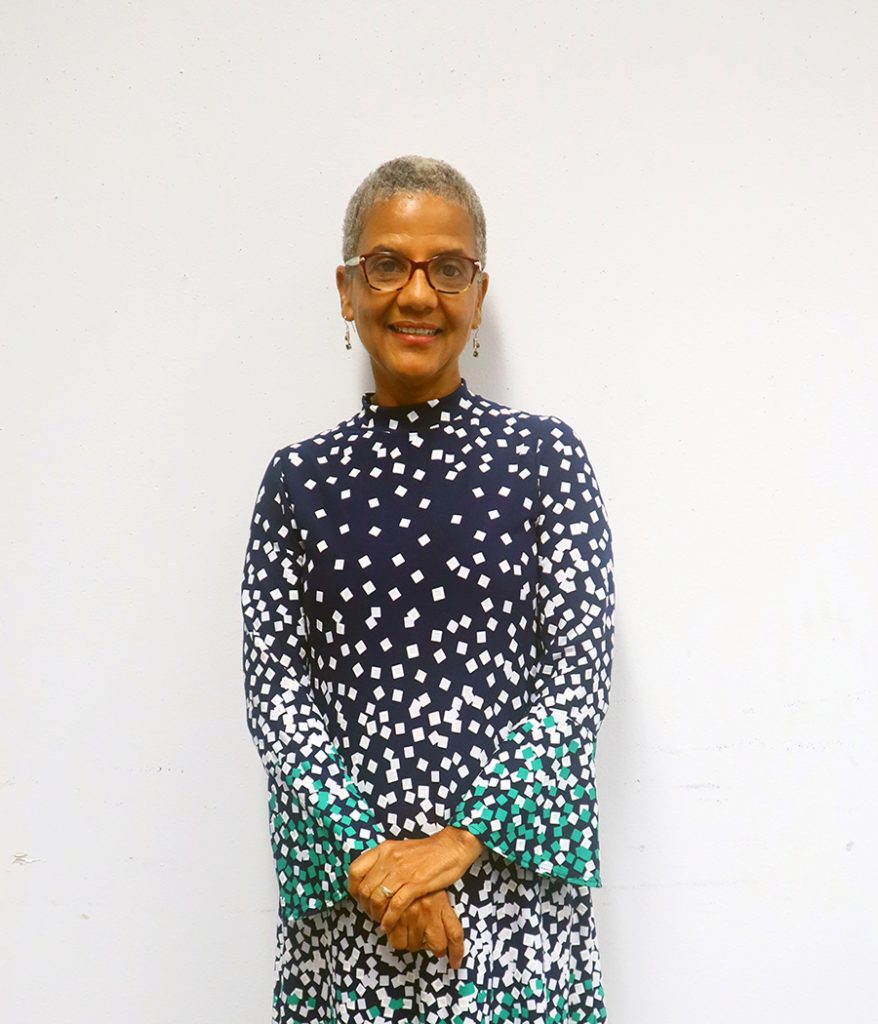
Diane Jones Allen, PLA
Landscape Architecture Program Director, University of Texas, Arlington, Principal of DesignJones, New Orleans
How did you get into the industry?
As a Girl Scout I always loved the outdoors and parks. It dawned on me that someone has to design all that. I was overjoyed knowing there was a specific discipline that put together all the things I cared about— art, the environment, doing good in the world.
What would make the industry better?
Continuing to make communities, clients and municipalities aware there is a profession that deals with key issues. Things like climate change and creating open space.
What’s the key to good design?
There needs to be more connection with those who design the landscape and those who actually install it. Understanding how things are built helps you do the design. Also, a good designer uses their creativity in service for the people who are going to use it. That means really listening to them and understanding their use of space.
What has COVID taught you?
Residents want better backyards and better urban environments. Cities want more open space. The pandemic has increased awareness of the importance of our work and brought hope for our profession.
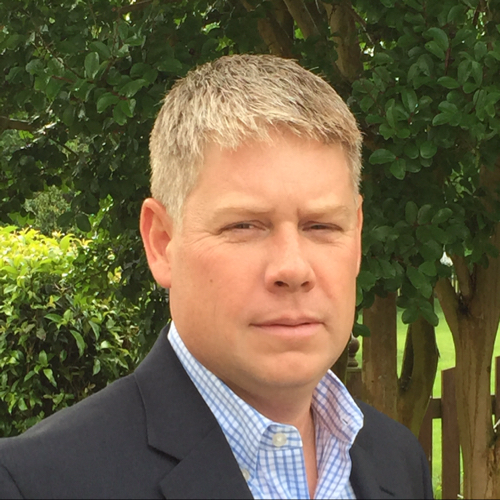
Chase Tew
B2B Mowing Marketing Manager, John Deere, Fuquay Varina, North Carolina.
How did you get into the industry?
I grew up in a small agriculture-related business. I went to NC State to study Ag business. At the time, John Deere had just finished construction of a factory in North Carolina, and I applied for the job at John Deere Turf Care where we make all of our commercial turf and golf products.
How has COVID impacted the business?
For most states, landscapers were deemed essential workers. It was a great position to be in, compared to other industries. We’ve also seen some supply chain challenges that all OPEI members are dealing with right now.
What would make the industry better?
Increasing efficiencies. For the business owner, advances in business systems that help companies run more efficiently and track labor, productivity and key performance indicators. For the operator, it’s preventing disruptions, promoting uptime through design, minimizing downtime and extending service intervals.
What are you most proud of?
I love what I do. I really like the product design side, because you spend a lot of time with the end-use customer and get to stand in their shoes. I love coming up with solutions to help solve their problems.
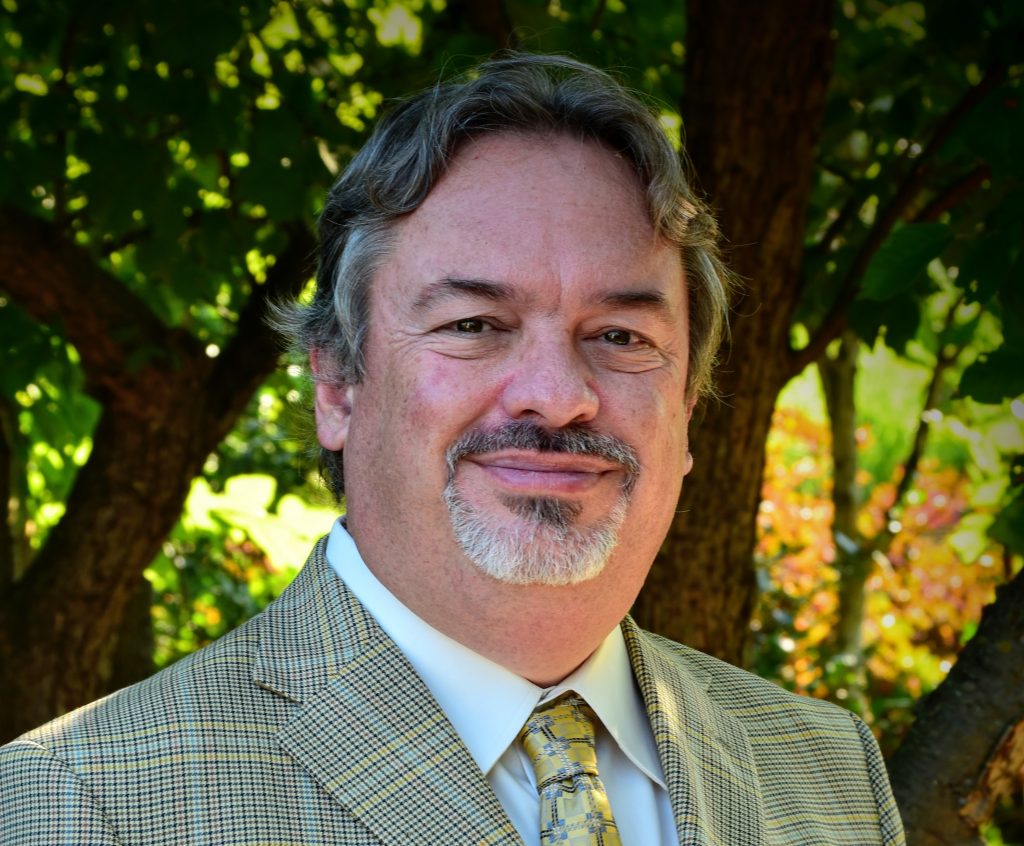
F. Todd Lasseigne
Executive Director, Bellingrath Gardens, Mobile, Alabama
How did you get into the industry?
My dad was a horticulturist in Louisiana and had a landscaping company. My mom was a gardener and my grandparents were sugarcane farmers, so I guess it runs in the blood.
Whom do you admire?
Tony Avent. I worked at his nursery while working on my doctoral degree, and we really got to be great friends. He’s an amazing plantsmen—perhaps the country’s greatest horticulturist ever.
What would make the industry better?
The industry needs to have a hard look at how we pay. We talk about how we can’t recruit the new generation, but we don’t offer competitive pay. We have to look at robust benefits plans. A lot of young people won’t come to the industry if the pay isn’t there — because the work is hard.
What’s the best part of your job?
Bringing joy to people’s lives. As one of my former staffers in Tulsa said, “you never feel guilty about planting too many flowers.” Bellingrath is so beloved here in the South. We are here to provide a spiritual experience through nature and beauty, while also providing education. We offer the tangible and intangible.
What’s your ideal Saturday?
Going to a nursery and buying cool plants or botanizing … looking at plants in the wild.
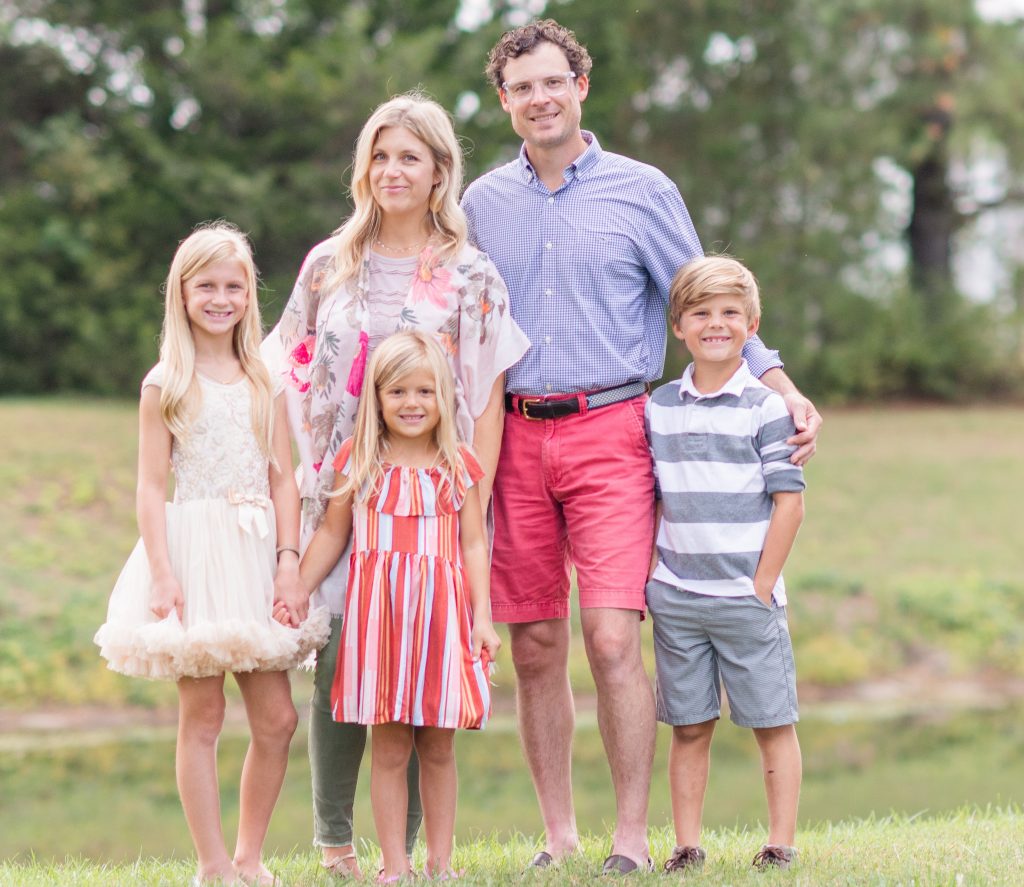
Benjamin Lewis
President, Browder-Hite, Inc., Exmore, Virginia
How did you get started in the industry?
I started my business after grad school (in a completely unrelated field), as a way to move closer to my grandmothers and also purchase my first home. That was 18 years, and a lot of “degrees” in the School of Hard Knocks, ago.
What’s the biggest challenge you’ve faced professionally?
Shepherding and successfully expanding a growing business in a sector in which I had no formal training.
What is the biggest challenge facing the industry?
Finding, training and retaining skilled and loyal employees who see and value the landscape industry as a viable and honorable profession.
What is your favorite plant?
Magnolia, hydrangea macrophylla, heuchera and tulips are my favorite tree, woody shrub, perennial and annual, respectively.
What are the biggest trends you’re seeing right now?
Gone are the days of rows of shrubbery in front, boring lawn in the back and a small concrete patio off the back porch. Today’s homeowners (and intuitive commercial building owners), want to maximize their investment.
They want vibrant, strong plant material that requires minimal maintenance, thoughtful and purposeful hardscapes that offer multiple seasons of enjoyment, and irrigation systems that are efficient and easy to use.
High quality and well-placed LED landscape lighting is the most underused and misunderstood component of modern landscaping.
Nominate yourself or a team member to be featured! Just email marykate.carson@eljays44.com.
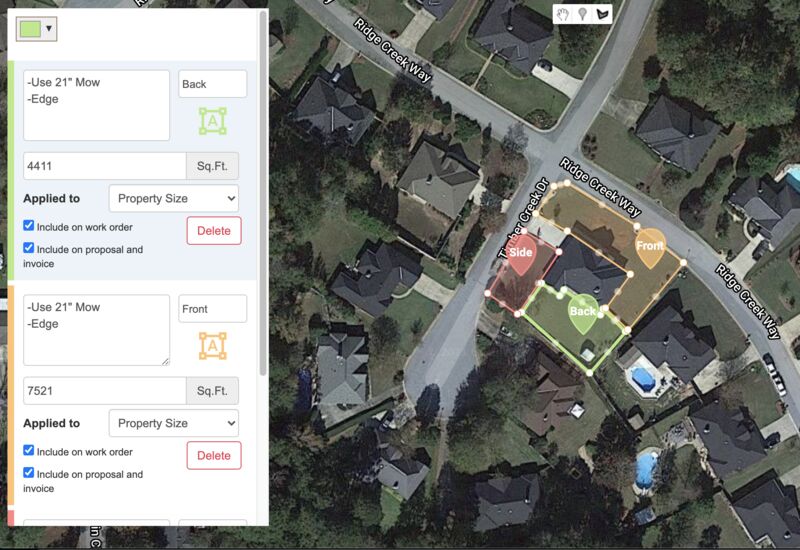
Technology is in every industry – and newer technology keeps influencing them, including those that traditionally relied on manual labor and hands-on...
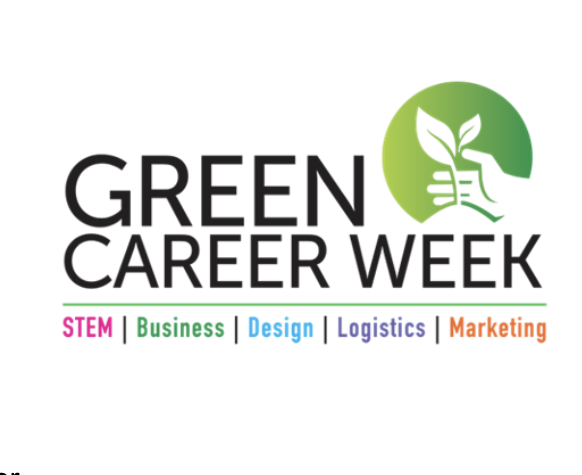
Seed Your Future Kicks Off National Green Career Week Empowering the Next Generation of Horticulture Leaders and Professionals
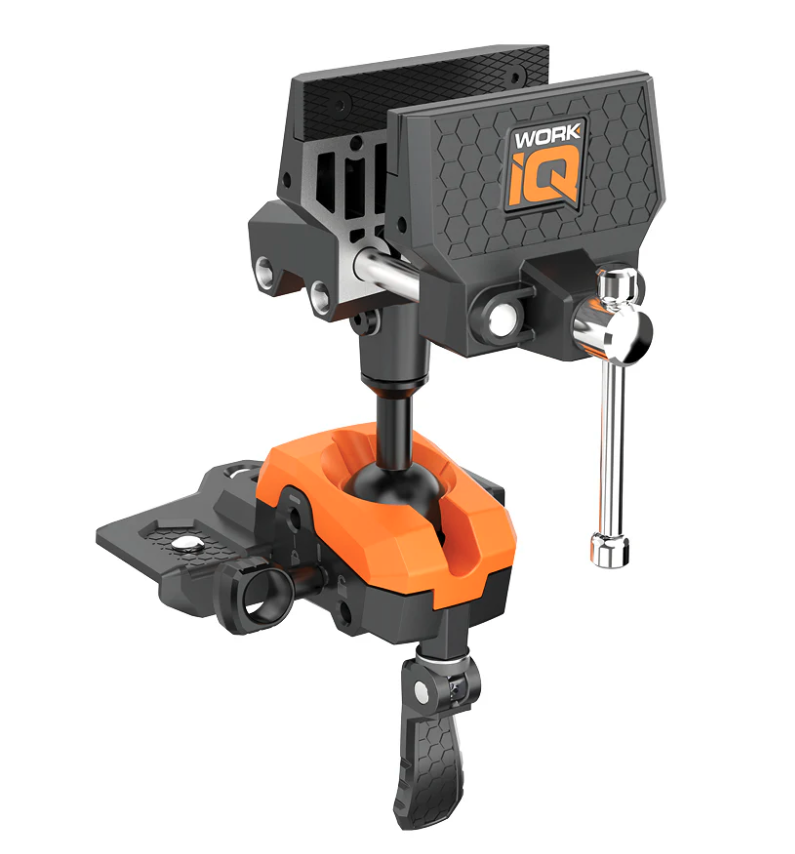
Work IQ Tools’ IQ Vise System™ Named Finalist for Best of IBS™ AwardsFebruary 2025 – Work IQ Tools® is proud to announce that its groundbreaking IQ...